
Culture China
08:05, 23-Mar-2019
Tibet in & out of films: More than just mystery
Updated
16:52, 23-Mar-2019
By Ai Yan
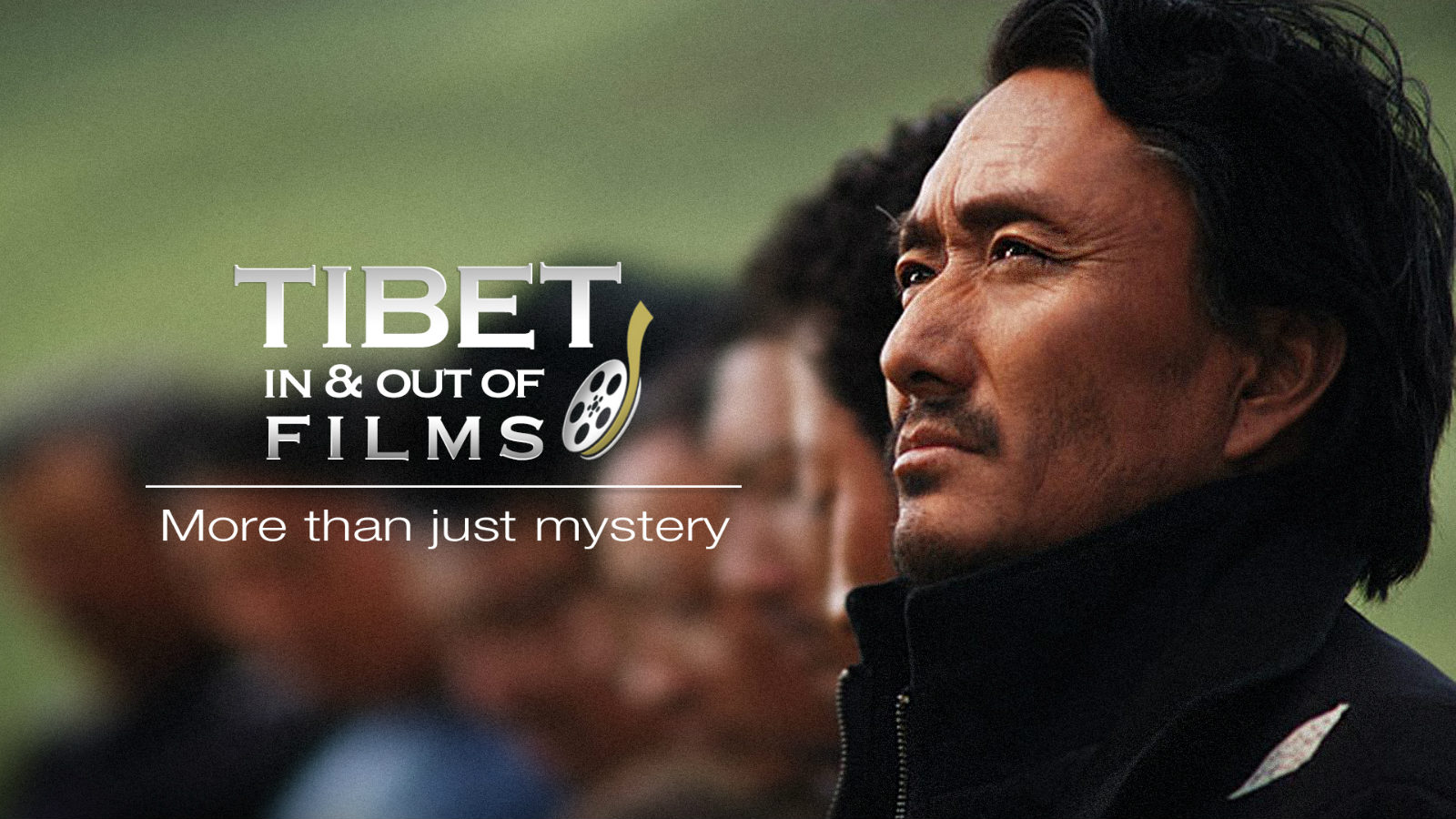
In the doomsday film "2012" when huge ocean waves finally devour Qomolangma, the Earth's highest mountain and the last piece of land still on the planet, a senior lama at the Rongbuk Monastery tolls the bell for the last time…
That scene might have impressed audiences from around the globe, not only for the shocking catastrophic image of doomsday, but also for the solemnity and sacredness of the Tibet Autonomous Region. Its culture has left an indelible impression on many.
The booming film industry has no doubt opened a window to those who have never stepped onto the Qinghai-Tibet Plateau, and made Tibet more appealing. On the other hand, however, Tibet, rich in culture and natural scenery and resources, also provides inexhaustible inspirations and stories to filmmakers.
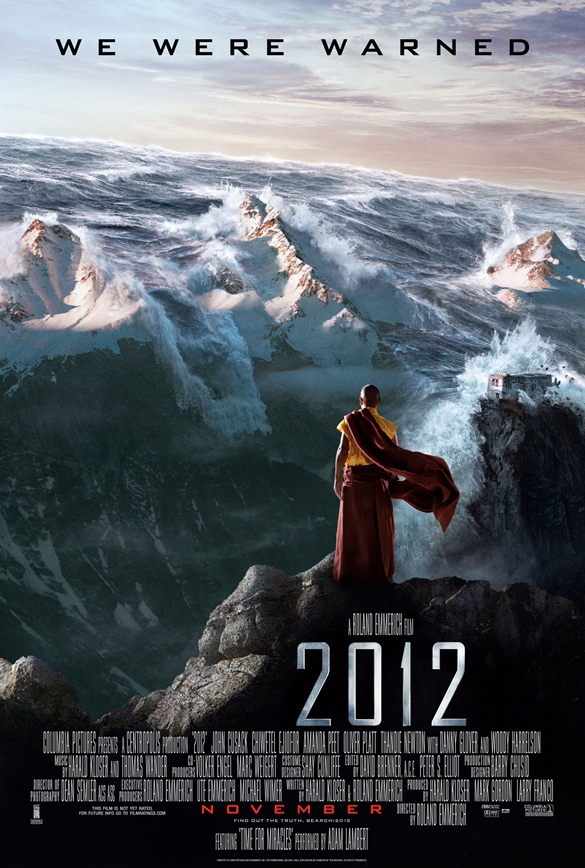
A poster for "2012". /Photo via Douban.com
A poster for "2012". /Photo via Douban.com
But like what has been presented in "2012," Tibet in films produced by those who are not familiar with the land was usually highly symbolized or even surreal. What is the life like in Tibet anyway, and how have its representations in the films gradually changed?
Exploring Tibet: From outside to inside
"Red River Valley" is among the early films about Tibet. Unveiling the history of Tibetans' resistance of the British invasion back in 1904, the film was released in 1996. But it remains a classic filmed in Tibet.
It is one of the early attempts to present the beautiful landscapes, the abundant traditions and culture, as well as the life and people there to the public.
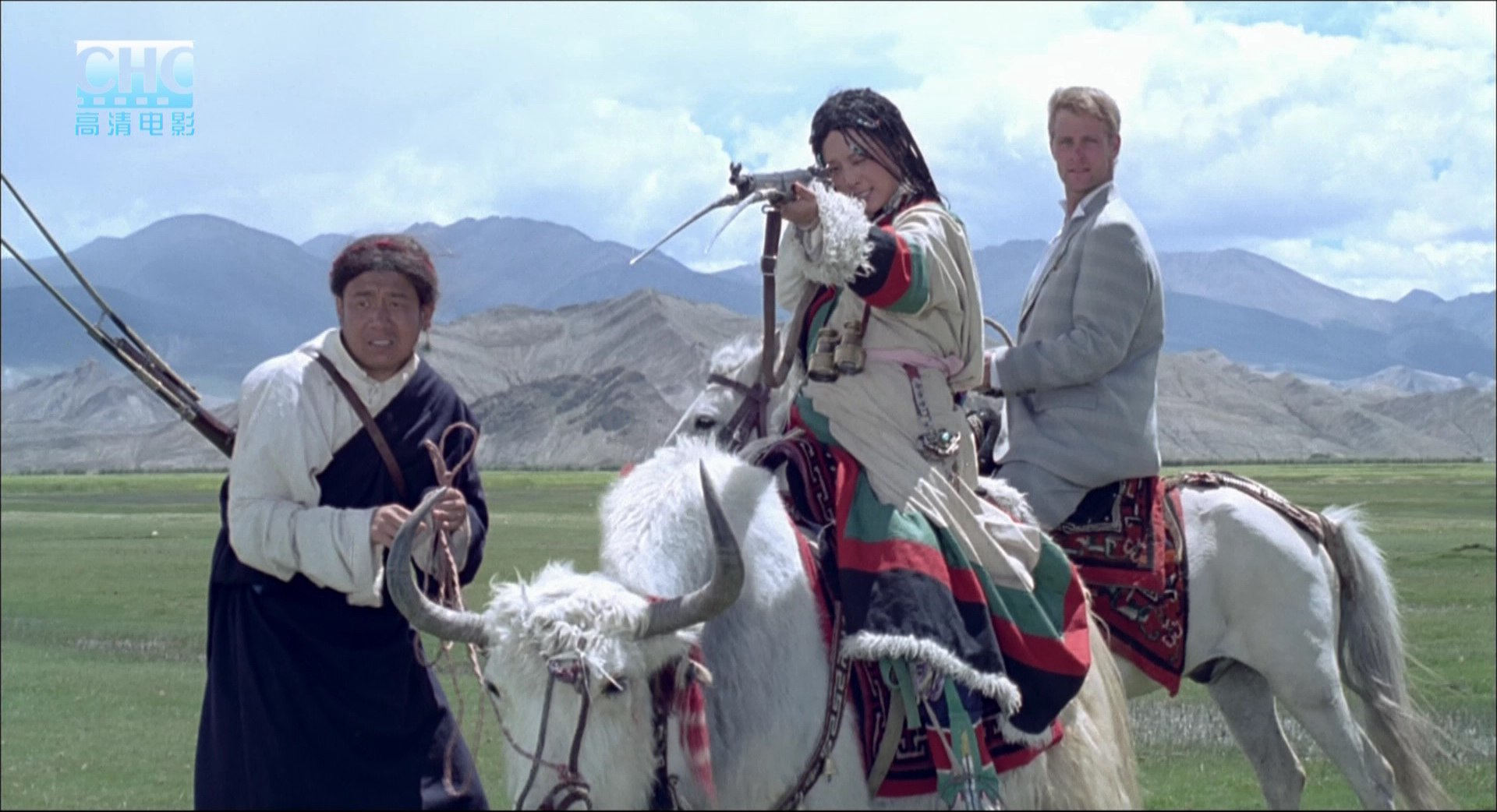
A still from "Red River Valley". /Photo via Douban.com
A still from "Red River Valley". /Photo via Douban.com
Even though the techniques in filming and storytelling are still quite primitive in today's norm, and improbable scenarios do exist here and there, the small flaws did not stop it from leaving a deep impression on many Chinese viewers. Its leading actress Ning Jing has been hailed as a "diva" for years because of her shaping of the young and brave princess.
If "Red River Valley" still depends on the dramatic story line and plots, "Kekexili: Mountain Patrol" directed by Lu Chuan in 2004 is as realistic as a documentary. In fact, it is based on a true story of vigilante rangers' voluntary fighting with poachers for the protection of the endangered Tibetan antelopes.
Before 1985, Kekexili sheltered about one million Tibetan antelopes, and yet, with the prices for their wool surging, massive massacres across the plateau had almost led to the extinction of the species. Within years, there were fewer than 20,000 antelopes roaming in the area.
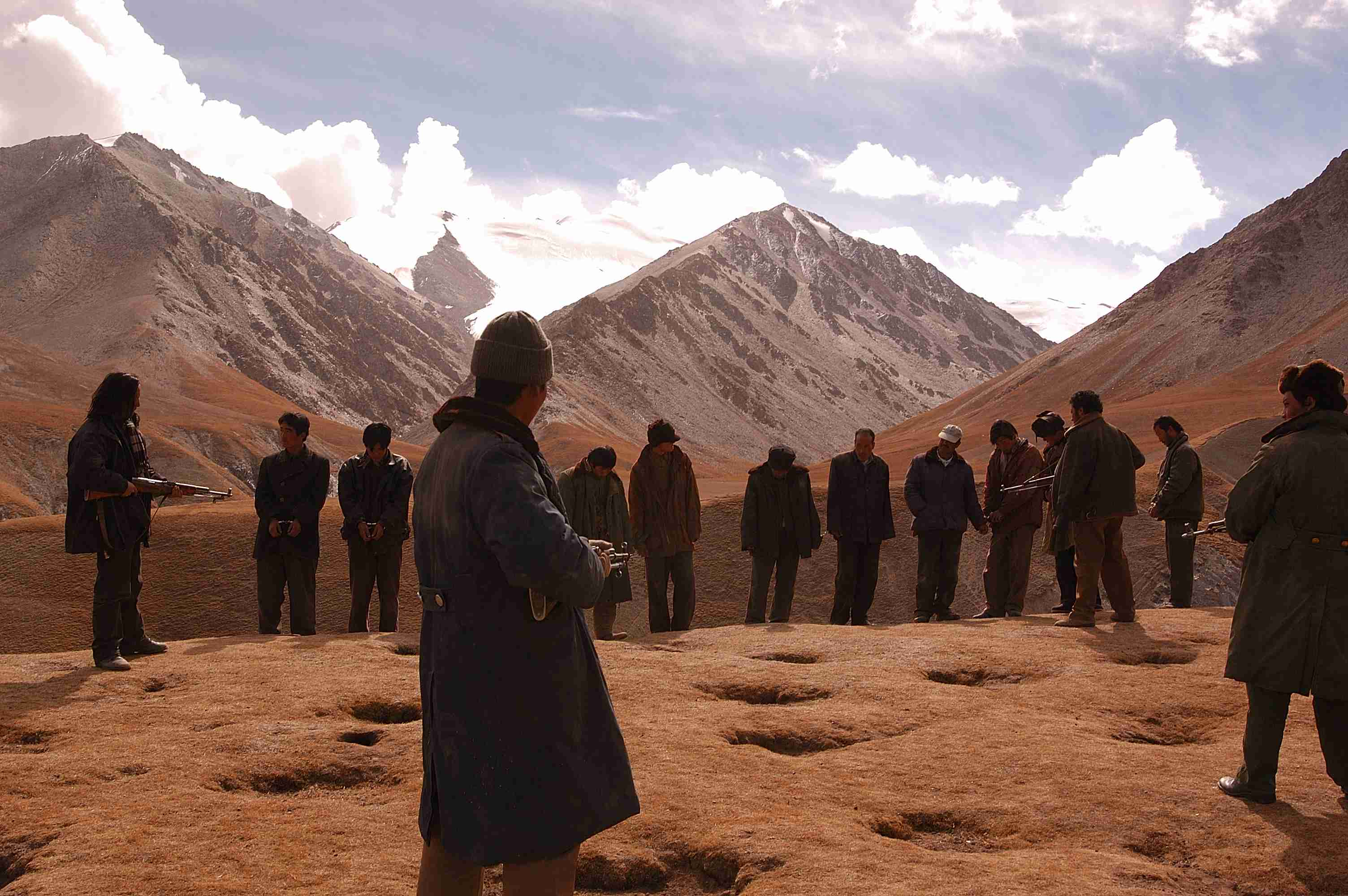
A still from "Kekexili: Mountain Patrol". /Photo via Douban.com
A still from "Kekexili: Mountain Patrol". /Photo via Douban.com
The vigilante rangers formed a volunteer patrolling team led by Sonam Dargye in 1993, risking their lives to protect the animals. Sonam Dargye was killed by poachers in 1994, and his death has shocked the whole country, which therefore opened a new epoch for protecting Tibetan antelopes.
The Kekexili National Natural Reservation was established in 1997, and since then the number of the antelopes has being rising – to more than 70,000 today.
In Lu Chuan's film, the vastness and majesty of the landscape, the cruelty and desperation in its depiction of death are reflected in the realistic and extremely restrained style. The power of the land and respect for life could be sensed in every image.
In recent years, many films have started to explore the ordinary life of the Tibetan people, including their lifestyle, traditions, and religions, yielding diversified genres with different themes. "Paths of the Soul" is one such example.

A still from "Paths of the Soul". /Photo via Douban.com
A still from "Paths of the Soul". /Photo via Douban.com
Released in 2017 in the Chinese mainland, the film was scored 7.7 on Douban.com. The story is simple yet powerful. A group of Tibetan villagers embarked on a 1,200-kilometer-long pilgrimage to Lhasa, consisting of a man willing to fulfill his father's last wish, a pregnant woman who is about to give birth, a butcher expecting to wipe off his sins, a child bearing good hope for the future, and a young man who never stepped out of the village and yet looks forward to seeing the world…
The group spent a whole year on their way, during which they have experienced birth and death, love and loss.
Criticism of the film has been polarized: Some were touched by its sincerity, others held it "consuming the belief and lifestyle of the locals." But despite the quarrels, the universal value containing in the documentary style is still touching and encouraging to many.
Some douban users asserted that the film is heartwarming simply because despite all the religious belief and novelty-hunting sensations – this is what's going on there.
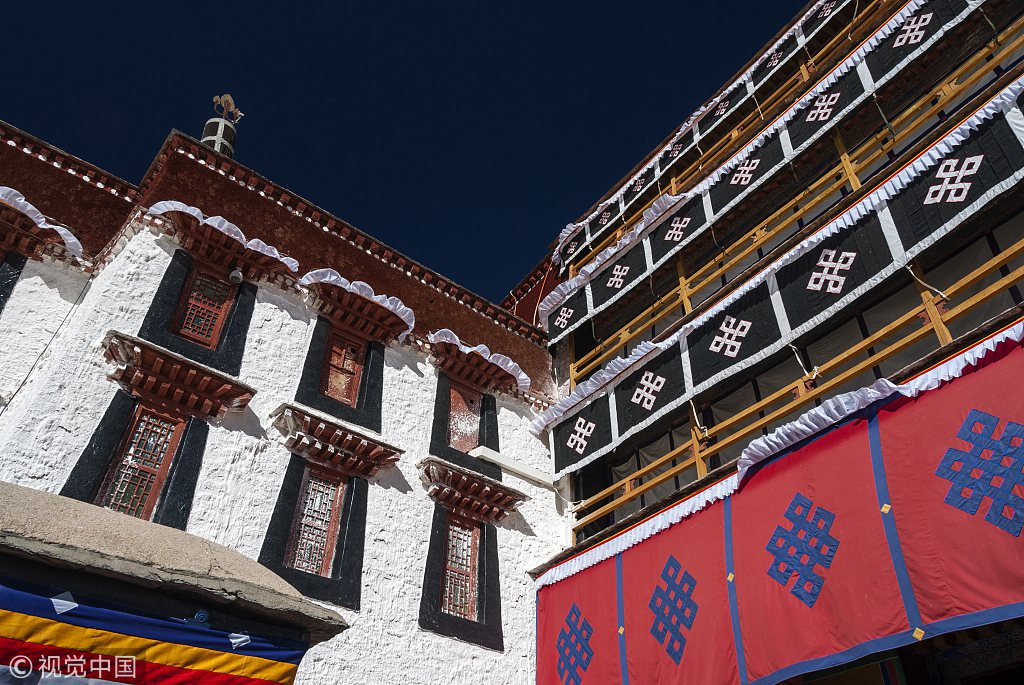
The Potala Palace in Lhasa, Tibet Autonomous Region, China. /VCG Photo
The Potala Palace in Lhasa, Tibet Autonomous Region, China. /VCG Photo
"There is no right or wrong ways of life," said Zhang Yang, director of the film in a teaser. "But after many years, people could still know from watching the film that there used to be an ethnic group who lived like this."
"The sainted mountain and lake is not their destination. Accepting the ordinary self while never giving up ideal and faith, we are all on the road."
Stories told by Tibetan filmmakers
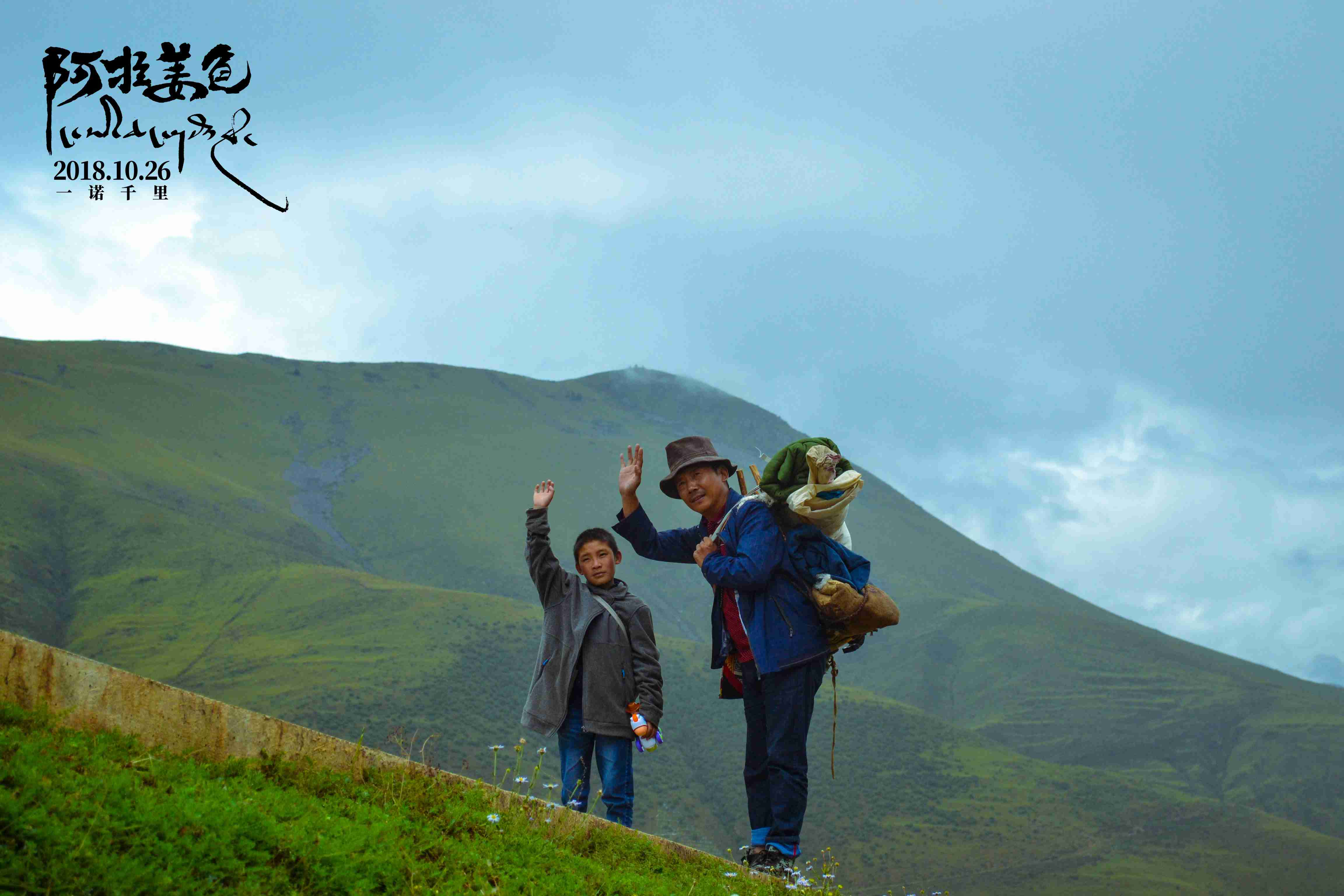
A poster for "Ala Changso". /Photo via Douban.com
A poster for "Ala Changso". /Photo via Douban.com
As Chinese film industry booms, many local filmmakers prefer to tell stories from a native perspective. Director Sonthar Gyal is one of them.
He once said that Tibet and the Tibetan culture tended to be symbolized in films, like temples, worship, pilgrimage, snow-capped mountains and the natural landscape.
"They don't know the piece of land and the people living there," said Sonthar Gyal. He is determined to go back to the stories, instead of focusing on the exterior elements.
Since the first film he directed, "The Sun Beaten Path", Sonthar Gyal's film could usually win critical acclaims. His film "Ala Changso" claimed the grand jury and screenplay awards for him last year at the 21st Shanghai International Film Festival.
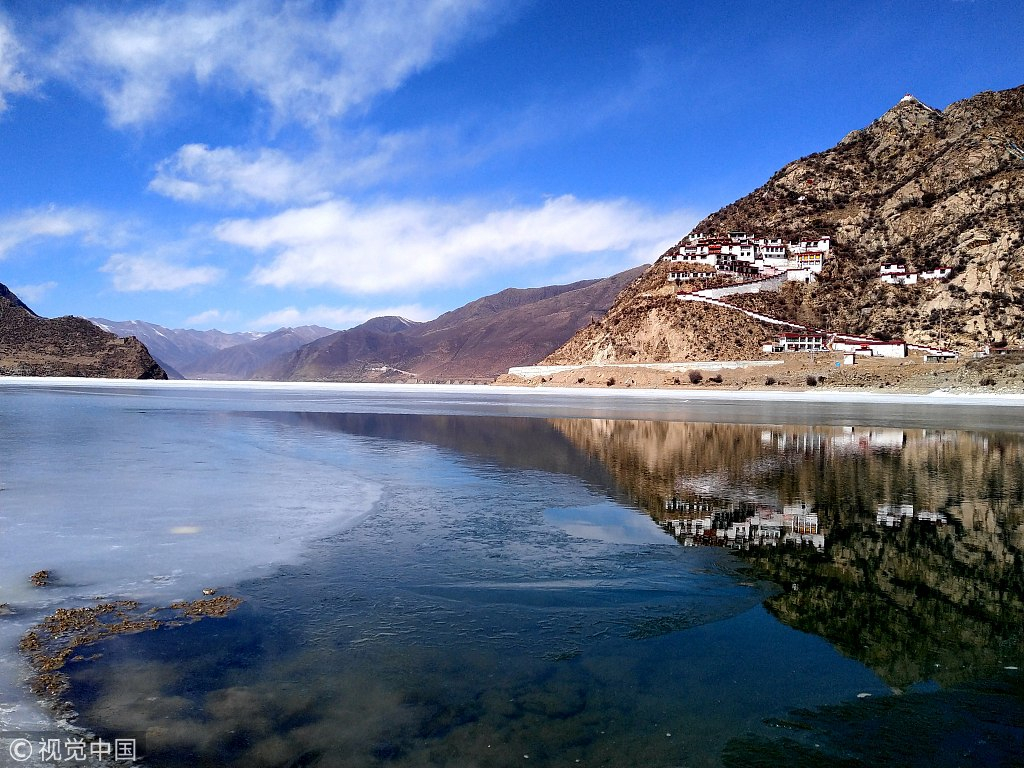
Somewhere near the Potala Palace in Lhasa. /VCG Photo
Somewhere near the Potala Palace in Lhasa. /VCG Photo
Though the story is still placed under the cover of a pilgrimage, the theme explores the psychological emotions of the characters and the changes they face during the journey.
Sonthar Gyal's success has also inspired quite a number of the younger generation to take the baton, and the director said that nearly 100 young men in his hometown have chosen the major of filmmaking while entering college last year.
"As the first generation of the Tibetan filmmakers, we feel that we are responsible to help the youth, and enable them to tell the stories of Tibet," the director said during an interview. "Because we have more than the natural scenery – we have the people."
(Cover image designed by Gao Hongmei)

SITEMAP
Copyright © 2018 CGTN. Beijing ICP prepared NO.16065310-3
Copyright © 2018 CGTN. Beijing ICP prepared NO.16065310-3